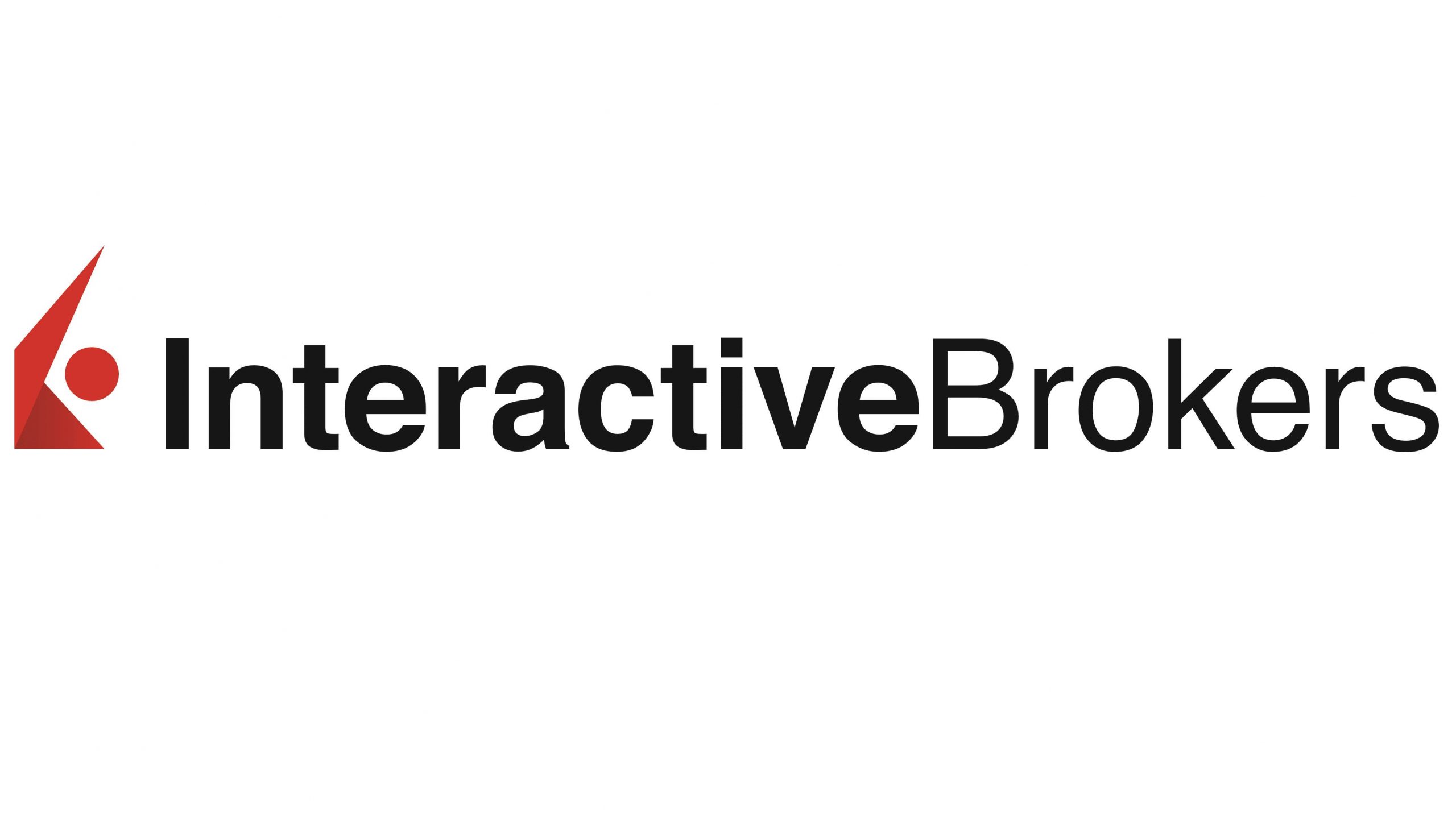Contents:

This means that the risk profile of any position can be accurately copied with other but more complex strategies. The rule of creating synthetics is that the execution price and expiration date, call and put should be identical. Obviously, there are 2 options for this (you can multiply by -1 and you still have 0 on the other side). This is based on prices, so to have 0 risk I need all of my assets to match off and intuitively you’re not going to pay or receive any cash for something that has no risk, otherwise it would be arbitrages away. An investor notices that the price of an American call option is above the price of a European call option with otherwise identical features. Firstly, this equation only applied to European options but not American options.

- The concept of put-call parity tells us that the value of the June $1,100 put option will be $40.
- The price of a European put option with the same strike price is also $7.
- On the other hand, investors can execute their right to buy or sell an asset at any time before the exercise date when investing in an American option.
Learn the importance of how dividends and interest rates affect underlying stocks when implementing options strategies. This equation suggests there shall be an equilibrium between the call option and the put option when they have the same strike price, underlying security and maturity date. Now, we shall move on to some examples so as to have a better understanding of the put call parity formula. You use it, which means that you buy the underlying asset at a strike price K, which is exactly the cash you receive from the maturity of the bond. You have a basic that is now worth ST. The two portfolios are identical.
versa) on the same underlying asset. Describe the relationship
This trade illustrates the basis of arbitrage – buy low and sell high for a small, but fixed, profit. As the gain comes from the price difference, between a call and an identical put, once the trade is placed, it doesn’t matter what happens to the price of the stock. Because they basically offer the opportunity for free money, these types of trades are rarely available. When they do appear, the window of opportunity lasts for only a short time (i.e. seconds or minutes). That’s why they tend to be executed primarily by market makers, or floor traders, who can spot these rare opportunities quickly and do the transaction in seconds .
Transcript : Par Pacific Holdings, Inc., Q4 2022 Earnings Call, Feb 23, 2023 – Marketscreener.com
Transcript : Par Pacific Holdings, Inc., Q4 2022 Earnings Call, Feb 23, 2023.
Posted: Thu, 23 Feb 2023 15:00:00 GMT [source]
As a short stock position earns interest , the put seller can ask for a lower premium as the interest earned decreases the cost of funds. An arbitrage opportunity exists when the put or the call side of the put-call parity formula is more significant. You can generate a risk-free profit by selling the costlier half of the equation and buying the less expensive side. The concept of put-forward parity for European options is central to options pricing. You’ll need to buy a put option and a forward contract for the underlying asset with the same expiration date as the put option to acquire a call and bonds and synthetic protective put.
Does the put-call parity apply to all options?
Merger https://traderoom.info/ funds typically short the stock of the acquirer and buy the stock of the firm being acquired. The redemption of the bond ends and you receive its face value of K. It is important to understand put call parity theory, because this dependence must exist in theory.
- Espresso shall not be responsible for any unauthorized circulation, reproduction or distribution of any material or contents on and its various sub-pages and sub-domains.
- Put-call parity occurs when the value of a put option has an equivalent call option.
- Put-call parity allows pricing and valuation of these positions without directly modeling them using non-arbitrage conditions.
- With a hard hurdle rate, a hedge fund charges an incentive fee only on the portion of returns that exceed a stated benchmark.
- A stock option gives an investor the right, but not the obligation, to buy or sell a stock at an agreed-upon price and date.
Therefore, in-the-https://forexdelta.net/ options have both intrinsic and time value; an out-of-the-money option has just time value. Securities or other financial instruments mentioned in the material posted are not suitable for all investors. Before making any investment or trade, you should consider whether it is suitable for your particular circumstances and, as necessary, seek professional advice.
About CFA® Exam
If TCKR trades below $10, you lose money—up to $10, if TCKR goes to zero. In the two graphs above, they-axis represents the value of the portfolio, not the profit or loss, because we assume that traders give options away. But they don’t and the prices of European put and call options are ultimately governed by put-call parity. The information on this web site is for discussion and information purposes only. Nothing contained herein should be considered as an offer to buy or sell any security or securities product.

The owner has the right but not the obligation to sell off the underlying asset. This arbitrage opportunity does not exist in a real market for long. Arbitrators in the market grab this opportunity quickly, and stock prices or options automatically adjust to establish put-call parity. Call of the strike price of $ 100 for 31 December 2019 Expiry is trading at $ 8. At the same time, the risk-free interest rate in the market is 8%.
It allows the option holder to reap benefits from the security or stock at any time when the safety or supply is favorable. A European option is the exact opposite of an American option wherein the option holder cannot sell the option until the day of expiration, even when it is favorable. In addition, there is no geographical connection concerning the names since it only refers to the execution of the options trade. Put-Call parity establishes the relationship between the prices of European put options and calls options having the same strike prices, expiry, and underlying. Suppose the share price of a company is $80/-, the strike price is $100/-, the premium of a six-month call option is $5/- and that of a put option is $3.5/-.
Thus, the price of a call and put should always hold a price relationship between one another. The relationship between a put option, a call option, a forward contract, and the exercise price is called put-call-forward parity. If one year from now, TCKR trades at $10, you will not exercise the option. If, on the other hand, TCKR is trading at $20 per share, you will exercise the option, buy TCKR at $15 and break-even, since you paid $5 for the option initially. Any amount TCKR rises above $20 is pure profit, assuming zero transaction fees.
Strike price refers to the price at which the option buyer can exercise the option and benefit from it. Put call parity can be used to calculate the price of options, which is based on the differences between the spot price of the underlying asset and the strike price. These include the price of the underlying asset, the exercise price of the option, the time to maturity and the cost of carry. The cost of carry is the cost of maintaining a position and includes brokerage fees, taxes and other costs. Strike PriceExercise price or strike price refers to the price at which the underlying stock is purchased or sold by the persons trading in the options of calls & puts available in the derivative trading. Thus, the exercise price is a term used in the derivative market.
In the 19th century, financier Russell Sage used put-call parity to create synthetic loans, which had higher interest rates than the usury laws of the time would have normally allowed. Remember, these trades guarantee a profit with no risk only if prices have moved out of alignment, and the put-call parity is being violated. If you placed these trades when prices are not out of alignment, all you would be doing is locking in a guaranteed loss.
Previous lessons examined the https://forexhero.info/ off and profit profiles of call options and put options, the upper and lower bounds of an option’s value, and the factors impacting option values. In doing so, we contrasted the asymmetry of one-sided option payoffs with the linear or symmetric payoff of forwards and underlying assets. This relationship is designed to describe European-style options, but this concept also applies to American-style options adjusted for dividends and interest rates.

If the prices of the put and call options diverge so that this relationship does not hold, an arbitrage opportunity exists. This means that sophisticated traders can theoretically earn a risk-free profit. Such opportunities are uncommon and short-lived in liquid markets. For example, an American exercise style $50 call option on XYZ expiring June of the current year must be priced at the same or lower price than the September XYZ $50 call option for the current year.
However, all the variables and the market rules shall be considered while analyzing the put-call parity for any particular stock. Put-call parity is one of the foundations for option pricing, explaining why the price of one option can’t move very far without the price of the corresponding options changing as well. So, if the parity is violated, an opportunity for arbitrage exists.
Experts react: One year after Russia’s invasion of Ukraine, the US … – Atlantic Council
Experts react: One year after Russia’s invasion of Ukraine, the US ….
Posted: Fri, 24 Feb 2023 08:00:00 GMT [source]
Cash FlowCash Flow is the amount of cash or cash equivalent generated & consumed by a Company over a given period. However, we can also take another example where the price of the put can be assumed, and any other equation component can be calculated. Solving for \(F_0\), we acquire the equation for the forward price in terms of the call, put, and riskless bond. A stock option gives an investor the right, but not the obligation, to buy or sell a stock at an agreed-upon price and date. Parity price is a term used to explain when two assets are equal in value. Put-call parity doesn’t apply to American options because you can exercise them before the expiry date.
